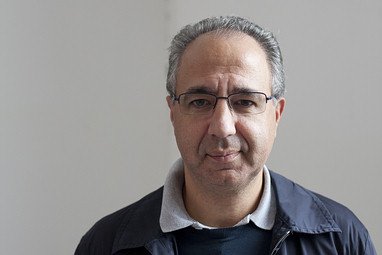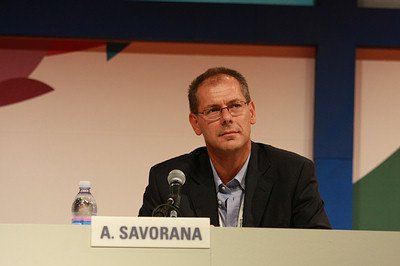He seeks liberty which is so dear to redeem by keeping watch
We live in a society where those who err are doomed: whether in prison or out, they will always remains prisoners of their errors, pernicious and an outcast. The Christian experience is quite different. In it a man, whatever crime he may have committed, always has a possibility of changing and being redeemed. Significantly from the beginning of Christianity there was a profound concern for prisons and their occupants: visiting the imprisoned was one of the physical acts of mercy. As Saint Augustine wrote: “We must punish sins, not the sinners… Whoever punishes the sin with the aim of freeing/saving a man is an example of humanity.” And he issued this invitation: “Diligite homines, interficite errores”: “Love the men, condemn their errors.”
The main purpose of the exhibition is precisely to show that, paradoxically, in a place where everything seems intended to strip away an inmate’s freedom, a question of the truth of himself can be born, the beginning of a path to regain his full humanity. Recognition of one’s errors and seeking forgiveness from men and God is the start of a path of redemption.
In this way we discover that all over the world those who are serving prison sentences can give a testimony of freedom, both human and religious, an example to all to discover that “omnia gloria filiae regis ab intus”: “all the glory of the daughter of the king comes from within”, meaning from an awareness of the relationship with the Mystery. People guilty of the worst crimes see imprisonment as an opportunity for renewing their human dignity. They learn that freedom does not depend on circumstances and view their prison cell as a “cloistered life”, a way to live their relationship with Christ.
Likewise there are many people – supervising magistrates, prison guards, educators – who work in the prisons with great humanity and respect for others. To these are added many of those who perform charitable works in the prisons or create forms of production which offer employment to the inmates.
The most important aspect of these testimonies, which are expressed in the exhibition in different ways, but above all by the presence of people directly involved in the life of the prisons, is the documentation of a presence which revives hope in an environment from which all hope seems to have been excluded.
The exhibition also reveals the high quality of the fruit of the work of this “underground world”, made possible by the initiative of cooperatives of production and work which, devoid of the overtones of welfare, have proved capable of acting with professionalism on the market. These testimonies will be illuminated in their true perspective by historical, artistic, literary, theatrical and filmed documentation, the work of leading figures who have grasped the twofold aspects of failure and the potential for resurrection of human life in the prisons.
Finally the exhibition will also explore the role of the detention in Italy, starting from the constitution which conceives imprisonment as a “path of redemption” and prisons as places in which “to guard and redeem.” Today this re-educative function established by the Constitution is all too often disregarded. The result is that in most cases it is not true that prisons are places where prisoners are recovered and redeemed. What path should we follow to ensure that rehabilitation becomes possible for those who “go seeking freedom, which is so dear”? Either protagonists or nobodies. All the more so in prison.
Curated by Paola Bergamini, Nicola Boscoletto, Alberto Savorana, Giorgio Vittadini
In collaboration with: Fondazione per la Sussidiarietà.
Under the patronage of: Parlamento Europeo, Camera dei Deputati, Ministero della Giustizia.












